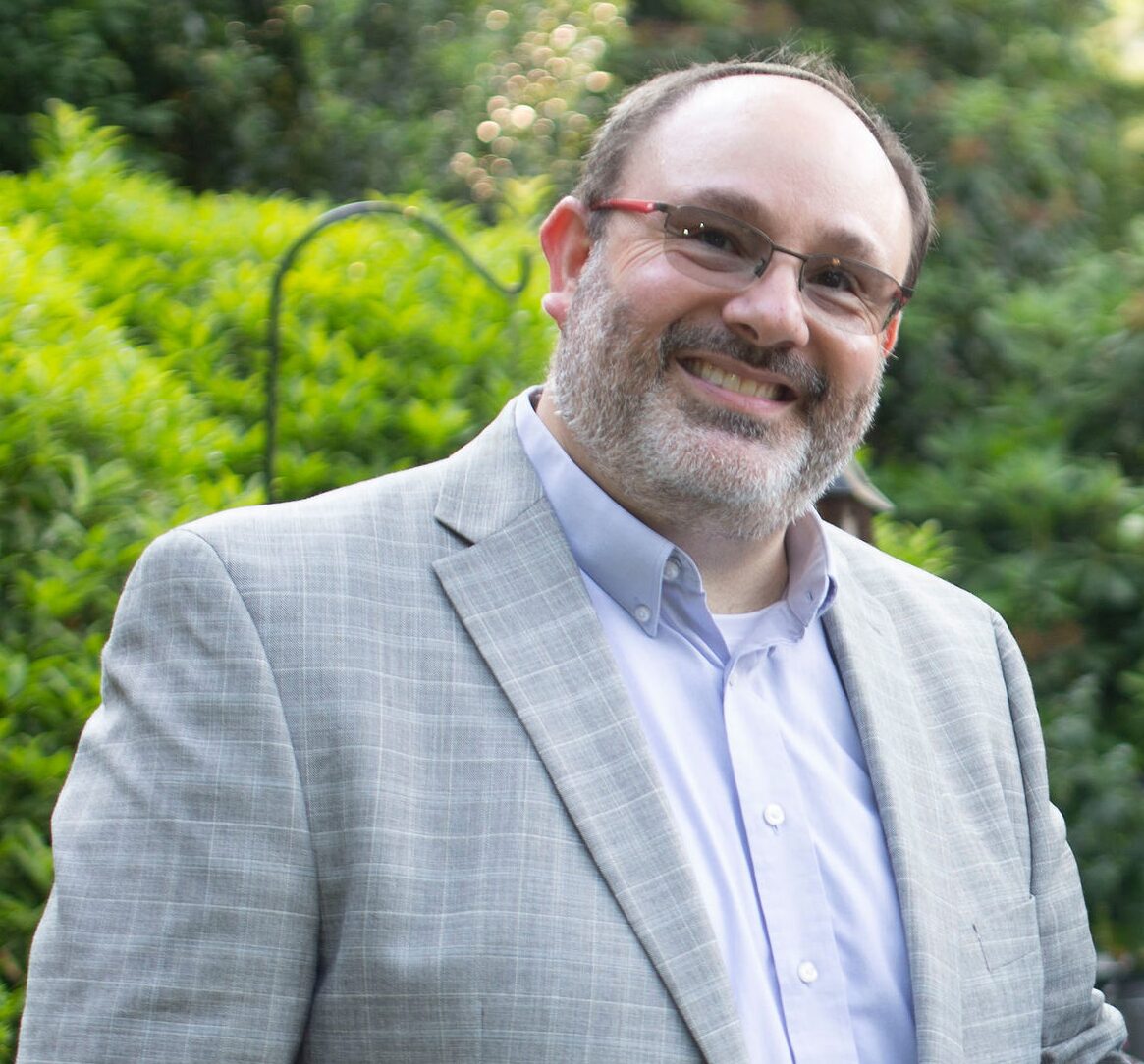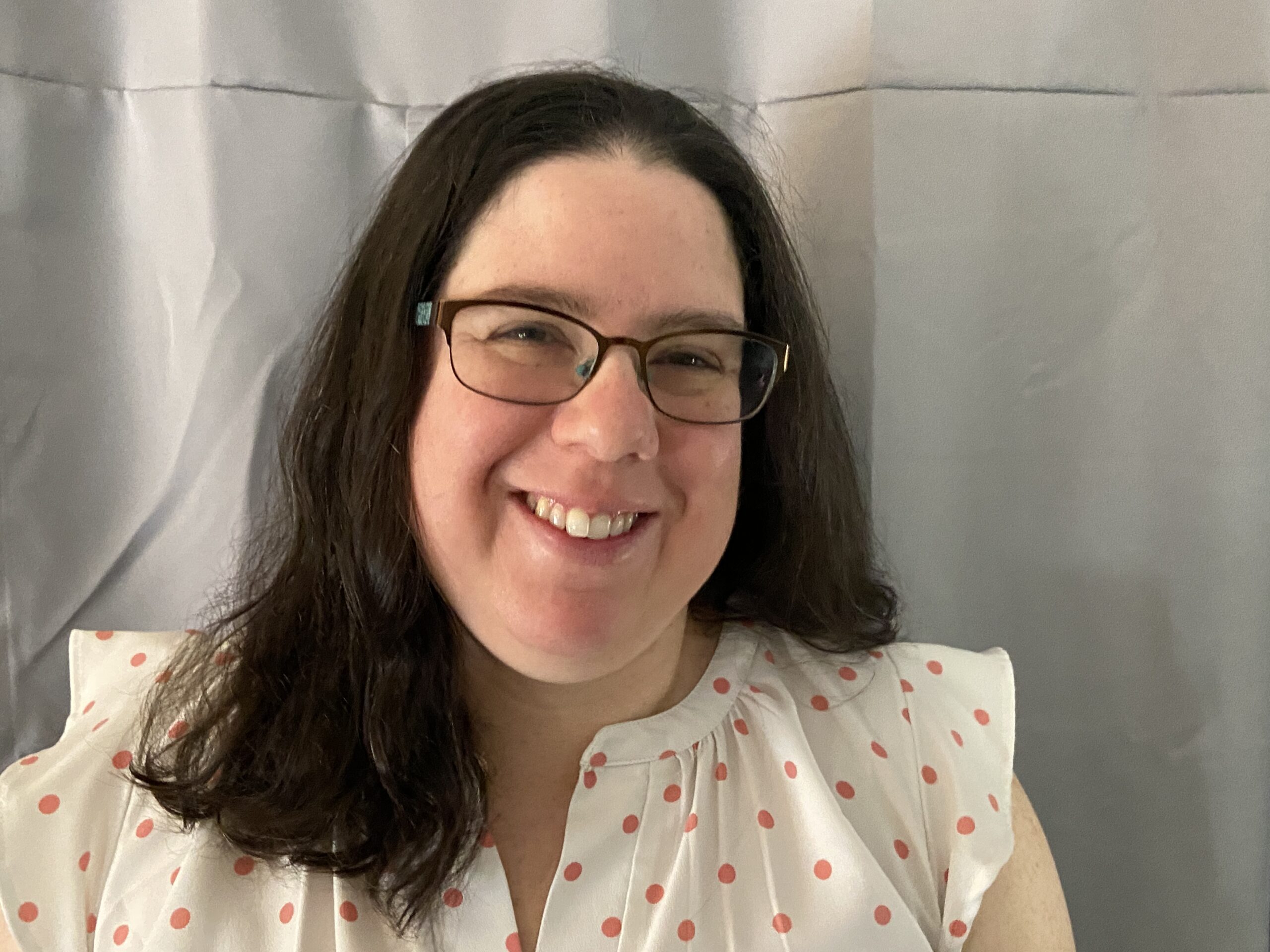As we pulled a six-foot Christmas tree off the shelf of a local store, we remarked to one another that this was something we never considered in our family planning. We are both Jewish, and neither of us have immediate family members who celebrate Christmas in their homes. We did not grow up in multifaith homes where Christmas was observed alongside Hanukkah.
But this year, our family became a foster family. In doing so, we became an interfaith home with a new immediate family member who celebrates Christmas. Our pre-licensing instructor from the Connecticut Department of Children and Families had talked with us about integrating children’s holiday experiences, and we knew intellectually that this might happen. Even so, as we moved from theory to reality and began hearing inklings of holiday traditions this fall, we were somehow thrown.
One evening, as we considered how to proceed, we both remarked that this was an unusual way for our family to join the Christmas traditions around us. We live in a small town about 30 minutes away from our Jewish community on a beautiful homestead abutting the State Forest. Our children are two of only a handful of Jewish students in our school district. We have supportive friends who invited us over to learn how to decorate a tree and even offered us some of their extra ornaments. They also bought us our first Hanukkah-themed Christmas ornament. The rabbi at our synagogue and our support workers from the Department of Children and Families have also been fantastic. As we had questions about how this might change our home, they have responded with openness, compassion and lovingkindness. It has been an interesting and a challenging experience trying to adapt our family traditions for the first time because of a new member of our household, while trying to give him some semblance of comfort and normalcy.
We definitely made mistakes. When our foster son initially mentioned a Christmas tree in passing, we asked what kind of tree he wanted. He responded, “I don’t care.” We all moved on. When Jen came home the next week with a six-foot table-top tree she picked up at a local store, he got defensive. “That is a bush. It isn’t a Christmas tree!” When we asked again what he envisioned, he got very specific. A six-foot plastic tree that was pre-lit with multi-colored lights. As he opened up about the tree, he shared other traditions: stockings, ornaments, garland, turkey for dinner and presents under the tree. It was an opportunity to meet him at his point of availability during a complex time. At our regular family meeting the following weekend, we all agreed to go shopping together so that he could help us navigate the endless aisles of Christmas-related items.
Jewish tradition regularly repeats the requirement of caring for those who are most at risk. It is at the core of our being and central to our foundational narrative. We know in our spiritual kishkes what it is like to be in need, and we have a sacred obligation to respond that is not just about caring for our neighbor, but about recognizing the deep commitment to humanity and seeing the Divine in one another. Rebecca Gratz, one of the early American Jewish leaders, saw this especially among foster children and established the Jewish Foster Home in Philadelphia in the 1850s. Although there were orphans who lived there, most were truly foster children with parents who could not care for them at that moment. JFH is a piece of that caring legacy and eventually merged with Philadelphia’s Association for Jewish Children and Jewish Family Service.
In Deuteronomy 11:18, the Torah instructs us to impress its words “on” our heart and soul. You might expect it to say “in” your heart. During our pre-licensing coursework last year, James was preparing a d’var Torah and came across a story in Plan B: Further Thoughts on Faith by Anne Lamott. The story, taken from Jewish tradition, is one that we have continually come back to in the 18 months since.
There once was a rabbi who taught his students that if they studied the Torah, it would put Scripture on their hearts. One of them asked, “Why on our hearts, and not in them?” The rabbi answered, “Only God can put Scripture inside. But reading sacred text can put it on your heart, and then when your heart breaks, the holy words will fall inside.”
We have learned a lot of Torah during the nine months since our foster son came to our home. And our hearts have certainly been broken open by the intensity and depth of this work. In those moments, we have leaned on one another, our family has been strengthened, and we have seen what it means to truly fulfill the mitzvah of radical welcoming. Additionally, we have been pushed to be more patient, better communicators and more flexible as we strive to be a family team. In that way, the holy words and values of Jewish tradition have fallen inside our hearts.
One moment of “breaking open” for us was hearing our foster son’s Christmas memories of the plastic pre-lit tree in the living room, with presents underneath that were opened on both Christmas Eve and the following morning, and making a turkey for Christmas dinner. This series of traditions are deep in his memory and helped him feel like he belonged somewhere, and was connected to something. Without the certainty of those traditions this year, he was left floating without the grounding of his home culture.
DCF asks foster families to help children in their care continue to connect with their home stories while living away from “home.” In our pre-licensing training, we learned how important it was to keep those stories going and make sure that children are able to take their culture and identity with them into the unknown space of foster care. Being in foster care means being away from their home of origin and inevitably leaves youths feeling like they don’t “belong” in their new surroundings. As we looked around our home, it was still very much built around our existing cultures, and we needed to make space for his story to become part of our family’s journey. His story made our hearts break open to that need for belonging, and this year his traditions are now becoming part of our family tradition. His story also helped our biological daughters understand the importance of fully celebrating his holiday and gave us an opportunity to put our Torah, our spiritual practice of welcoming, where our values live. This “Torah of Belonging” is what was kept on our hearts and now has fallen into them with that breaking open. It is the Torah that our family gets to write all together this year.
I believe that when we decorated and lit up the tree just after Thanksgiving, we were able to see the sparks of the Divine — a small repair in this broken world. This may not be the way that most interfaith families start their multifaith journey. But it felt deeply rooted and deeply Jewish to grab that Christmas tree off the shelf and bring it into our home.









5 Responses
This is so heartwarming! Jamie, do you remember helping decorate my Christmas tree when you lived across the street from us in Germany? It’s wonderful to see that you have grown up into a wise and spiritual man with compassion and respect for those who may not believe the same way you do. Hope you have a wonderful Hanakah and Christmas!
A beautiful and inspiring story.
The child is lucky to be in a very caring family. It’s always good to learn of others beliefs and traditions. We’re all children of God.
Beautiful, just beautiful. Jesus’ birth is as relevant as ever. He was born to an “unhoused” family who shortly after his birth fled to escape Herrods massacre of children, at least that is what I learned in Sunday school. There are many Christmas television shows, but to the best of my knowledge, the only one that conveys the true story of Christmas is Charlie Brown Christmas.
What a lovely story. Young James was very lucky to be placed with a family so open mindedly willing to embrace him and help him along his journey. Blessings to you all.